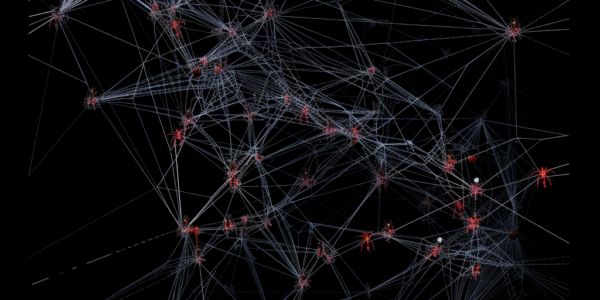Decades-Old Canned Salmon Reveals Insights into Historical Marine Ecology
Canned salmon has unexpectedly become a treasure trove of historical marine ecology, with decades-old specimens of Alaskan marine life preserved in brine and tin. Parasites found in these expired cans of salmon are providing valuable insights into the ecosystem, shedding light on the intricate web of life in the Pacific Northwestern marine environment. Natalie Mastick and Chelsea Wood, parasite ecologists from the University of Washington, seized the opportunity to study the effects of parasites on marine mammals by acquiring dusty old cans of salmon dating back to the 1970s from Seattle’s Seafood Products Association. These cans, originally set aside for quality control, have now become a valuable archive of well-preserved specimens of marine parasites. Despite the initial revulsion at the thought of worms in canned fish, these marine parasites, known as anisakids, pose no threat to humans when killed during the canning process. In fact, their presence is seen as an indicator of a healthy ecosystem, as they are an integral part of the marine food web. Anisakids enter the food chain when they are consumed by krill, which are then preyed upon by larger species. This intricate life cycle provides important clues about the health and dynamics of the marine environment. The accidental discovery of these preserved specimens has opened up new possibilities for researchers to gain retrospective insights into the historical marine ecology of the region. The study of these parasites promises to provide a deeper understanding of the complex relationships within the marine ecosystem, offering a unique window into the past that could inform conservation efforts and ecosystem management in the future.
Food Web Flexibility Through Time
A theoretical experiment followed the food webs between 50 predatory spider species and 974 prey species in a species-rich ecosystem over 8 months. The study found that the network architecture shifted between consecutive months, with some species leaving, others appearing, and some predators switching prey. The authors identified certain species as ‘network coordinators’ that contribute to the flexibility of the overall network architecture, offering stability to the ecosystem as a whole. This research highlights the importance of considering the dynamism of ecological networks in understanding community stability in the face of environmental changes.
Study Reveals Impact of Permafrost Thaw on High-Latitude Food Webs and Carbon Fluxes
Alaska is facing the brunt of climate change, with rapid warming leading to the thawing of permafrost in the state’s interior. This thaw not only releases stored carbon into the atmosphere, exacerbating rising temperatures but also triggers decomposition, potentially impacting…



